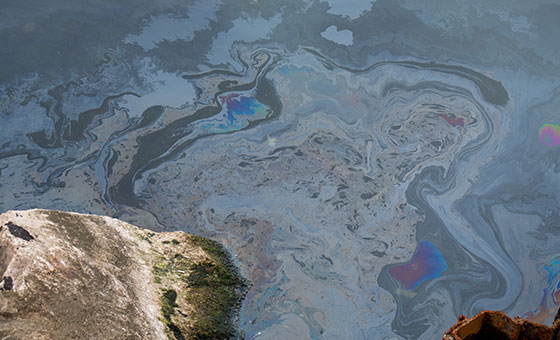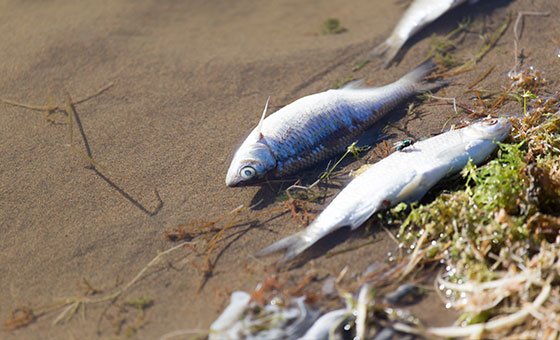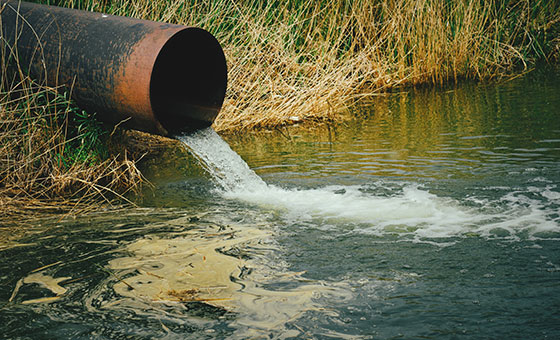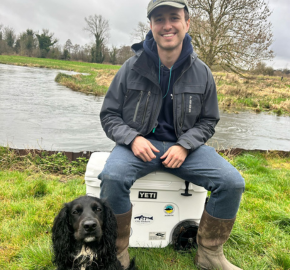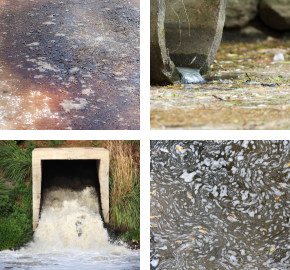What is needed to protect wild fish and water from chemical pollution?
The Government and key regulators needs to:
1. Prioritise prevention and precaution when licensing chemicals of all types (including industrial chemicals, pharmaceuticals, veterinary medicines, pesticides, biocides and human medicines) and when considering ‘safer’ substitution for known hazardous chemicals.
2. Commit to a phasing-out of the most hazardous chemicals from all uses. Using hazardous chemicals for non-essential uses should be not be permitted.
3. Address the ‘cocktail effect’, the combined exposure of wildlife to many different chemicals in the environment, often involving low-level, chronic exposure, having overall toxic effects that are not properly considered in current licensing procedures.
4. Establish an effective and properly-funded monitoring and ‘alert’ system to detect hazardous chemicals in the environment.
5. Ensure the effective regulation of chemicals, based a precautionary approach to the licensing of chemicals, the assessment of their ecological impact, both individually and in combination with other chemicals, across all types of chemicals (industrial chemicals, pharmaceuticals, veterinary medicines, pesticides, biocides and human medicines).
